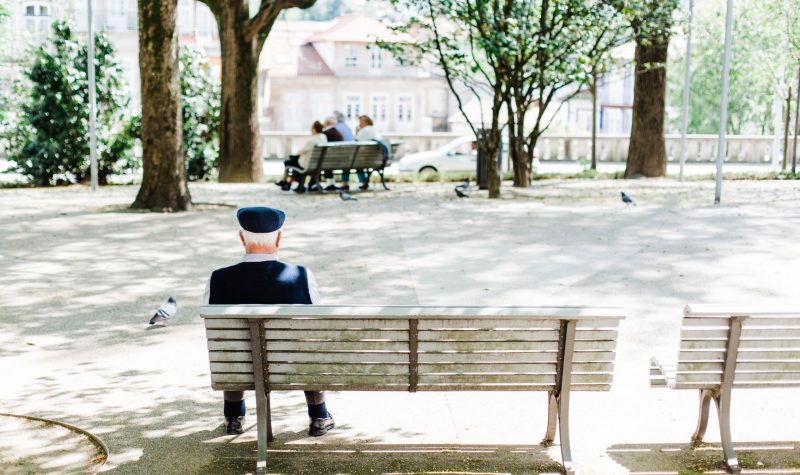Hostile designs are meant to be subtle and overlooked by the general public, however a Toronto-based defensive urbanism advocate is working to increase awareness of how these designs exclude particular groups.
"Once you start looking for them [hostile designs], it's hard to stop seeing them everywhere," said Cara Chellew, the founder of #DefensiveTO, a growing movement highlighting hostile designs in Toronto. "I find the places that have the most amount of defensive urbanism, defensive architecture is in places of high circulation, high traffic - so transit stations, public spaces, plazas, places meant to look nice."
During her master's program at Toronto's York University, she began to take photos of hostile designs around the city, posting them on Twitter and Instagram with the #DefensiveTO hashtag.
Examples of Toronto's hostile designs range from divided benches and metal spikes to blocked grates and large fences, according to Chellew.
Her research showed that excluded groups from public spaces tend to be the homeless and youth populations.
"There's an attempt to maintain the image of the space as safe and clean with no signs of so-called disorder," she said.
As more awareness of these designs gain more traction in cities around the world, Chellew said future action should include getting policy makers, particularly municipalities and local governments, involved with designers to help foster more inclusive design.
"There is increasing awareness in the design, planning and architectural community, but I think the pressure needs to be put onto our municipalities and local governments to provide, to develop design guidelines that really make it explicit what kind of public spaces we should be designing," she said. "I believe we should be prohibiting the use of exclusionary design features because really a lot of the clients who are creating public spaces are municipalities, so they have the power to decide whether or not they want these elements included."
Listen to Cara Chellew's interview on hostile design here:


